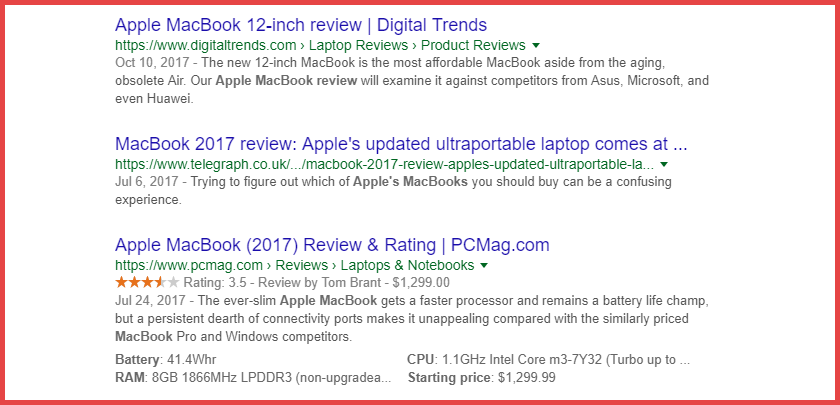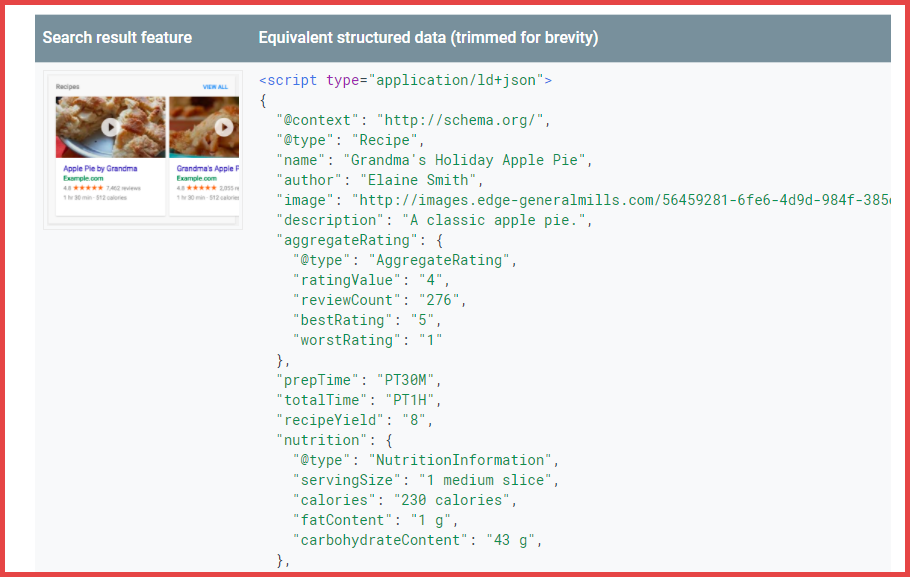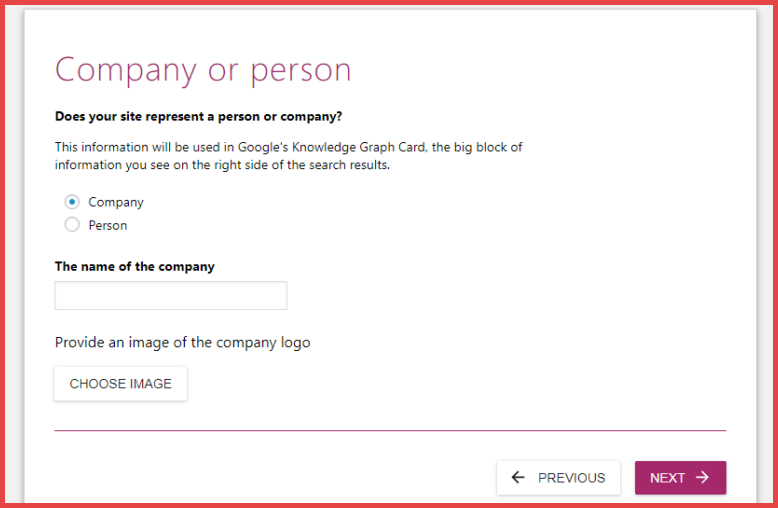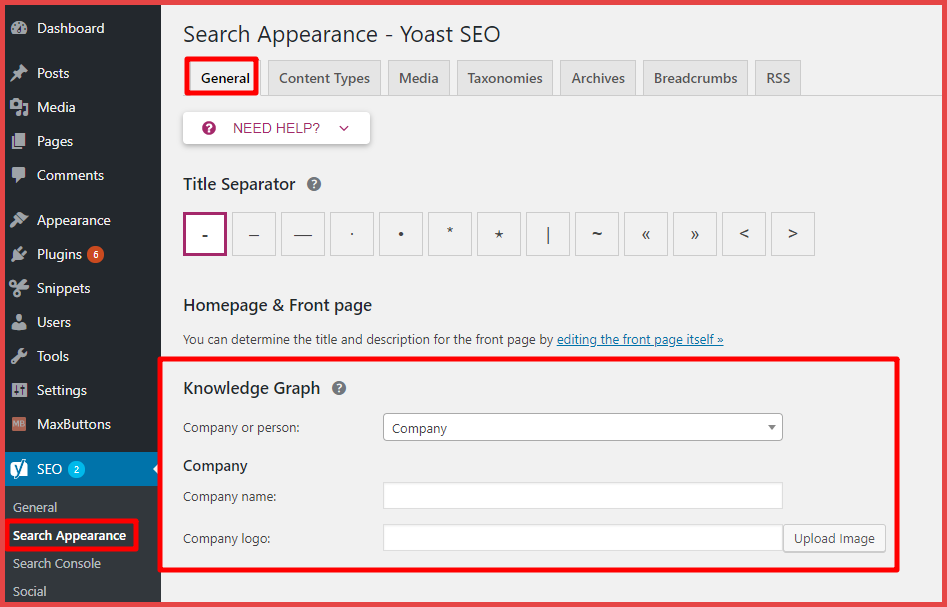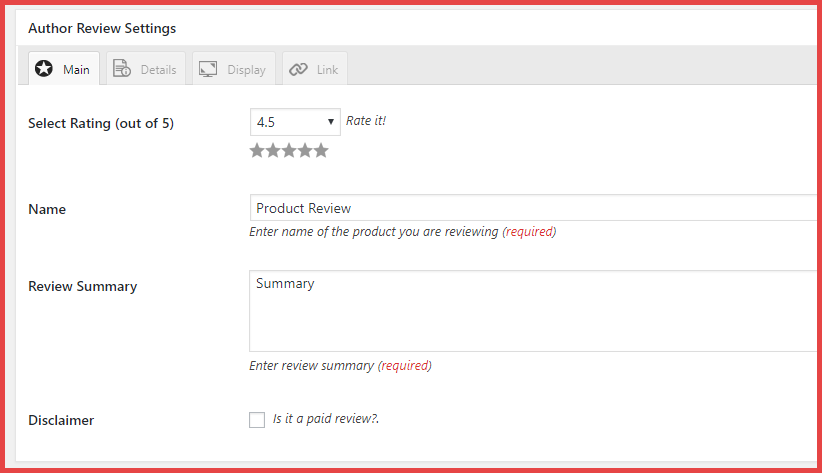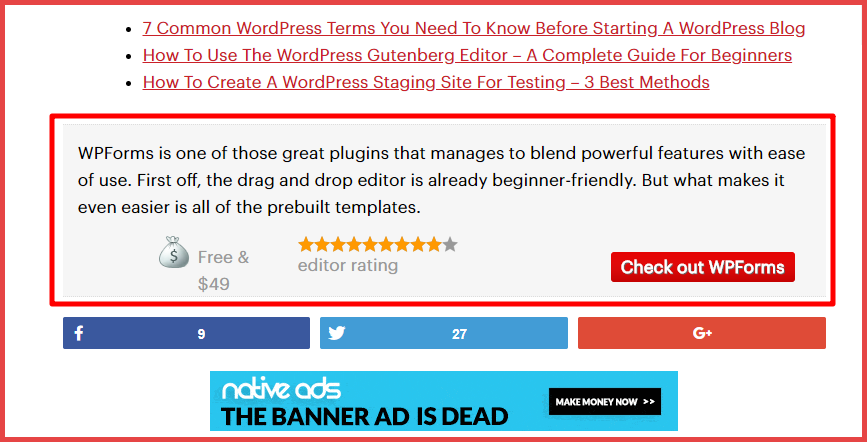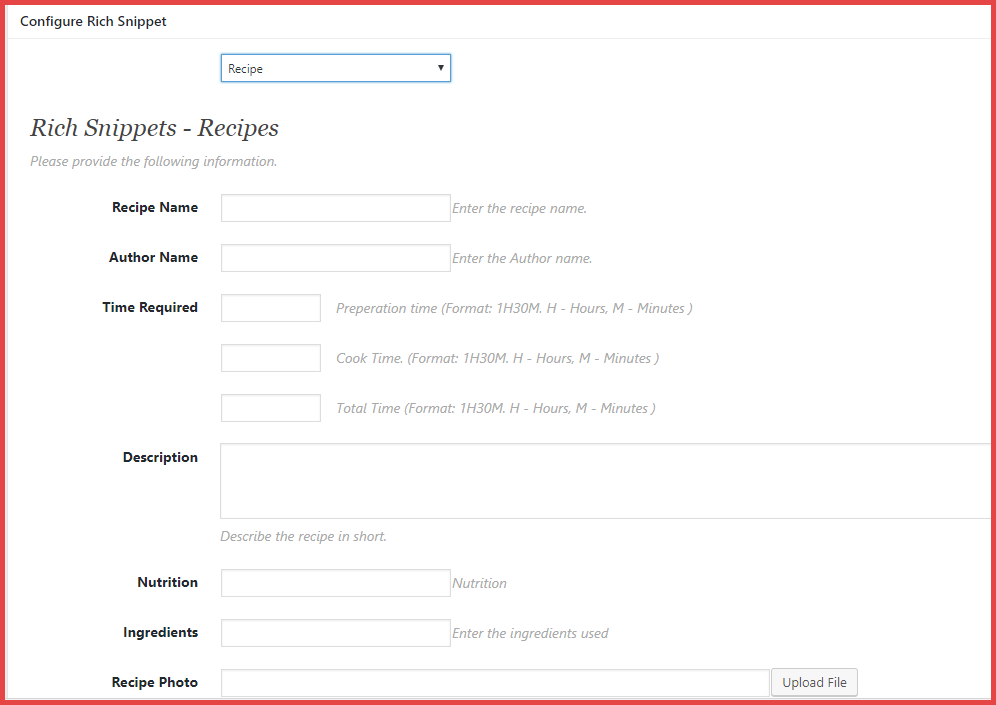MAKE MONEY ONLINE

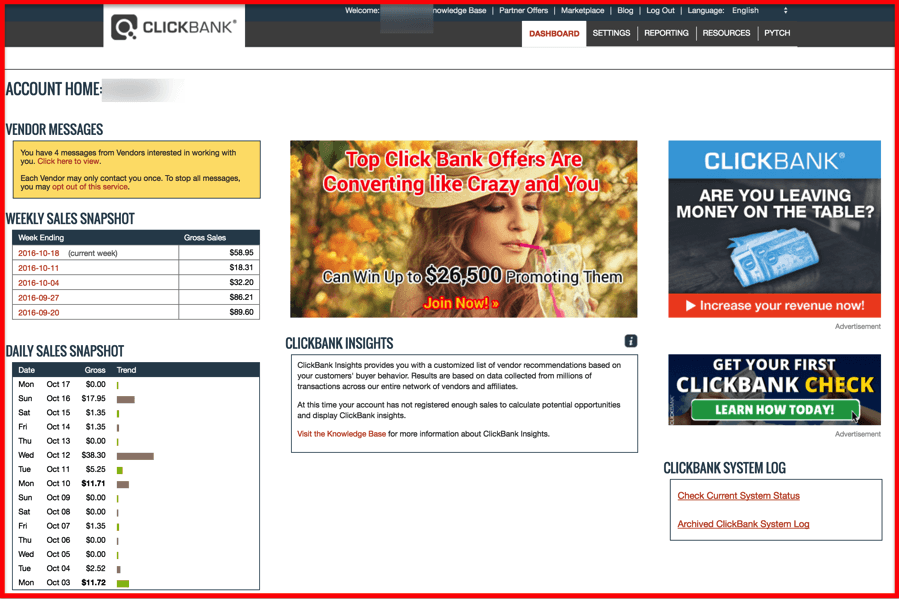

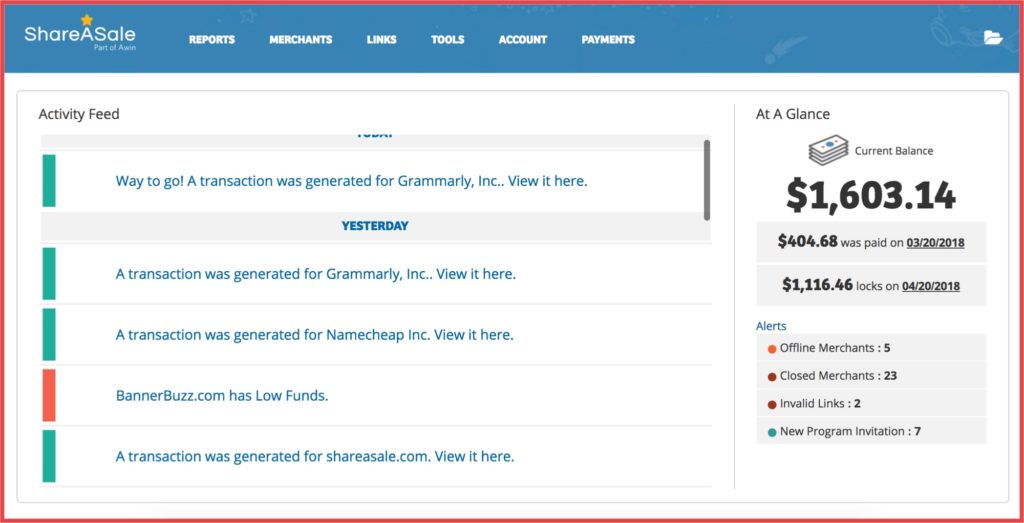
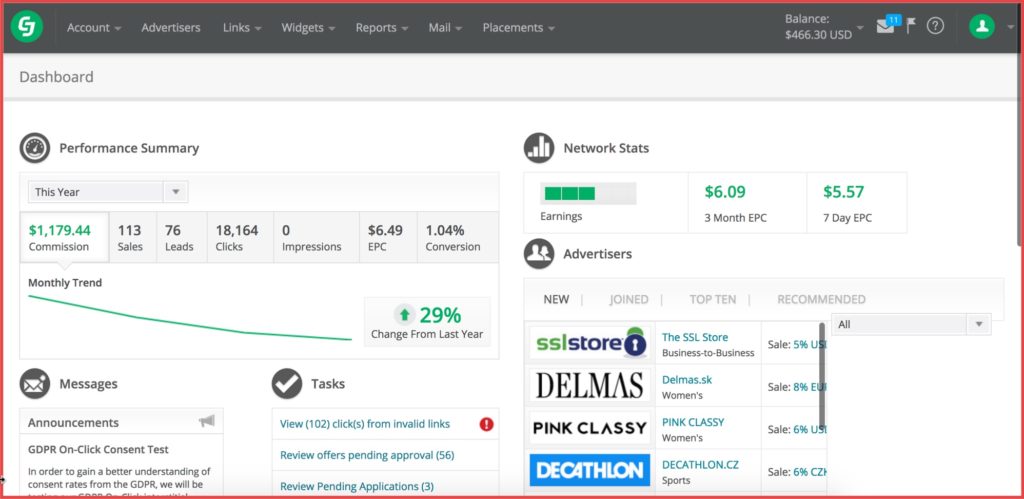
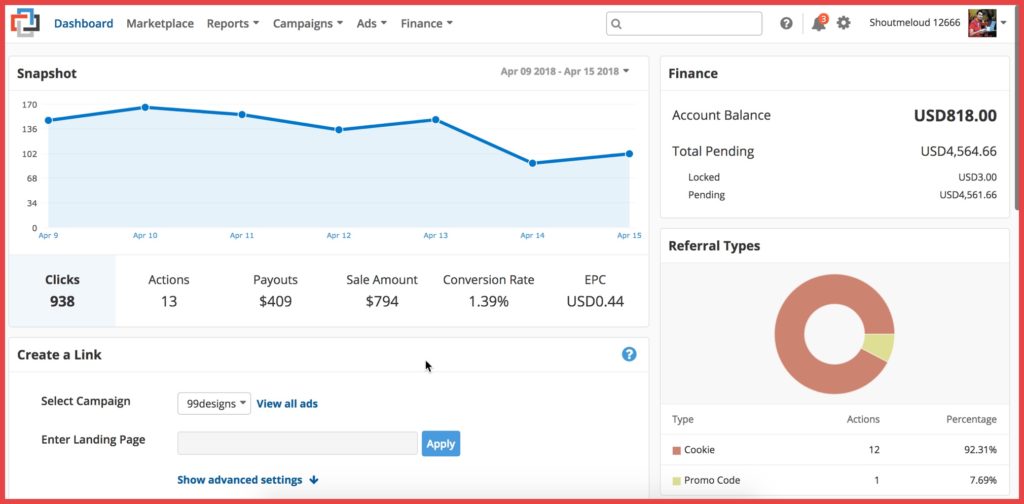
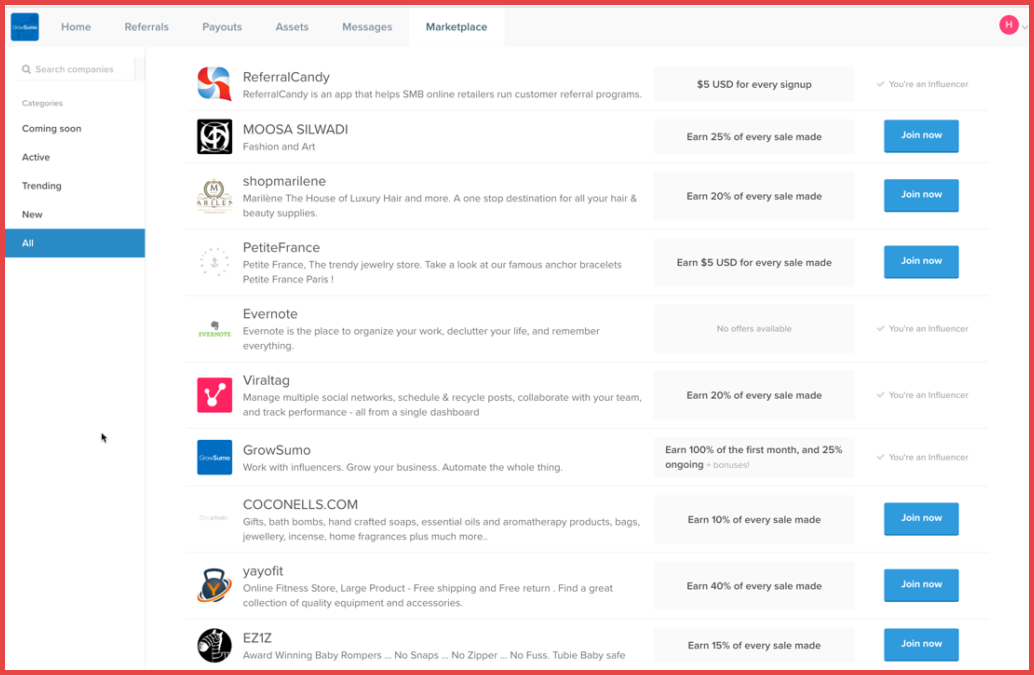

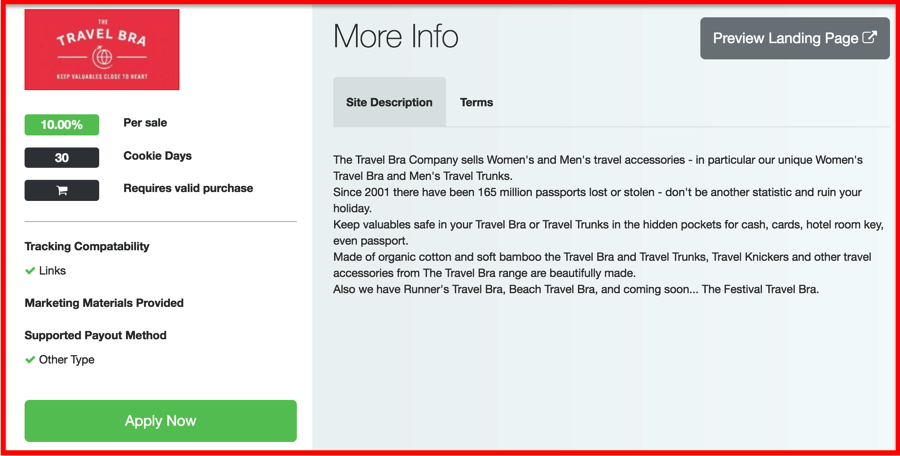
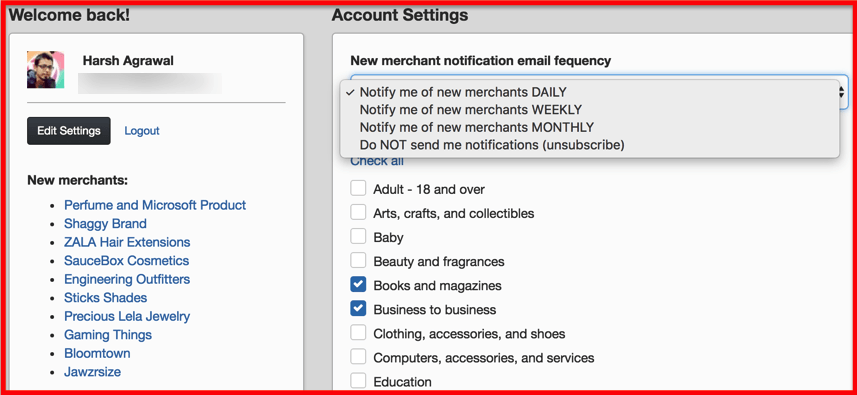

Top Affiliate Networks To Find Affiliate Programs [Mega List]: 2018 Edition
20th Apr, 2018 Harsh Agrawal

Are you looking to promote the best affiliate programs that offer high commission and also pay in time?
Today, you will be learning about the affiliate marketplaces which top affiliates use to earn millions of dollars a month. I have shared some of the popular affiliate programs for WordPress niche and also a post on the recurring affiliate programs that you can join.
I am sharing an exclusive list of top affiliate marketplaces which you can join immediately and once you are part of it, you can browse through countless affiliate programs and pick the one that suits your requirements.
Note: I will be using the term Direct affiliate program and in-house affiliate program. Both the terms mean the same thing.
Many of you might know about the benefits of affiliate networks and also refer to it as an affiliate marketplace. Those who don’t, I’m highlighting the benefit of joining an affiliate marketplace.
- Affiliate program for all: One of the major problems we face as an affiliate is to find the affiliate program that aligns with our niche. In any affiliate network, you can find the affiliate program in various categories and pick the ones that suit your requirements.
- Easy to reach minimum payout: When you sign up for an affiliate program directly (in-house affiliate program), the challenge is to reach the minimum payout. In an Affiliate marketplace, your minimum payout is the sum of all the affiliate programs that you promote. For a beginner, it’s easier to reach the minimum payout.
- Fewer chances of affiliate sale frauds: When I joined the Hostgator affiliate program with their in-house affiliate software, it was a complete disaster. I have written about it here and have also made a video on the same. Hostgator people might not have liked me for it but eventually, they understood the problem and moved their program to ImpactRadius which offers better tracking.
There are times when the direct affiliate program can’t track the sales due to improper configuration of an affiliate software or a new affiliate manager but then there are times when some of them simply don’t want to pay you.
With an Affiliate marketplace (Network) you don’t have to worry about this problem. Their tracking mechanism is par excellence and you will be paid for your hard, as well as the not-so-hard work you put in.
I believe now you have understood the benefits of joining an affiliate marketplace. Let’s look at the best affiliate networks that you can join and start making money.
In the next section, you can read a brief about all the best affiliate network marketplaces. However, if you don’t intend to read and just sign up for the affiliate marketplaces, here you go:
- ShareASale
- Commission Junction
- Clickbank
- ImpactRadius
- GrowSumo
- Refersion marketplace
- Awin
- Avangate
- Rakuten
- Amazon Affiliate Program
Top Affiliate networks to help you make money from Affiliate marketing
These networks are in order of my personal preference and the ones that are working out for me. Some of them have limited affiliate programs to promote but don’t discard any based on that. That is because you just need one great product to promote and earn thousands of dollars, if not millions.
Clickbank
Clickbank is a popular place for marketers to discover new affiliate programs. If you don’t have a Clickbank account, I suggest you create one right away. It’s free. In the future, if you discover a good affiliate product to promote that is managed using Clickbank, you can join it instantly.
I love this marketplace. In the last 5 years of using Clickbank, I have never faced any issues with the payment. The only challenge for a new user will be the UX. Here is what the dashboard looks like:

You can do a lot of things with Clickbank. I suggest being patient when you are learning everything about using Clickbank initially. Use the image below as a reference for finding affiliate programs.

For those monetizing their web property using affiliate marketing, this is a place you mustjoin.
ShareASale

If you have attended an Affiliate summit or watched affiliate summit videos, you might already know about them.
ShareASale was founded in 2000. Ever since it has paid millions of dollars to their affiliates. They have a great list of affiliate programs for the various niche. Even though their interface is not as modern as we would like it to be, you will have no problem understanding it. ShareASale makes it easier for you to get started with affiliate marketing. If you wish to know how a company offers an affiliate program on ShareASale, you should read this guide. This will give you a backstage view of the other side.
You can join ShareASale program now. It usually takes 2-3 working days to get approval for the network. You can then follow my instructions in the video above and find the top 100 affiliate products on the ShareASale network.
Commission Junction

Commission Junction is one of the most reputed and popular affiliate marketplaces for bloggers and affiliate marketers. They have been in business since 1998 and this is a place where you will find a ton of affiliate programs.
They are one of the first few that you should join. Like other affiliate networks, Commission Junction connects marketers with brands. Do fill up your profile details before you join an affiliate program under the Commission Junction network.
I have had a great experience with Commission Junction over the past 7 years and no issues with getting paid. This is a must join affiliate marketplace for any blogger.
Impact Radius

Impact Radius is another fast-growing affiliate marketplace where you can find many fashion, web app, hosting, and antiviruses related affiliate programs. Lately, I have noticed a lot of brands moving their affiliate programs to Impact Radius. They are one of the first to take advantage of the fingerprint technique to count the sales, which is a big advantage for marketers and also for the brands.
Growsumo

Many of you might not have heard of Growsumo, given it’s a relatively new affiliate marketplace. I have been using it since 2016 and found many great affiliate programs here. On Growsumo, you can find products related to entrepreneurs, small businesses, hosting and few others.
What I really enjoy about Growsumo is the simplicity to join the program. The interface offered by Growsumo is one of the best and also very easy to use. They currently support only PayPal as the payment method. The minimum payout is $50 only.
Refersion marketplace
Refersion is a popular affiliate marketplace with a good number of brands. Here, you can find affiliate program in various categories. Once you are signed up, you can search affiliate programs based on various filters.

Do remember, every affiliate program is managed by the brand itself, so you will be paid for the individual programs. They also have their own rules.

You can see important details about like “Tracking Compatability”, Marketing Materials Provided and Payout method. You can also configure options to receive email notifications for the new affiliate program in any particular category.

Don’t mistake this marketplace for ShareASale or CJ. Here, you will find the details of all affiliate programs that use Refersion software to manage their affiliate programs. The marketplace looks like it is work in progress, given a lot can be done to improve the user experience. For example, the search button is missing. However, it’s good to have another resource that lets us find and discover new affiliate programs.
Amazon Affiliate Program

A list of top Affiliate network will always be incomplete without listing the Amazon Associate Program. This is a program that works in every niche and you have a huge opportunity to make money from it.
Here at ShoutMeLoud, we have covered about Amazon Affiliate Program a lot of time and something you should definitely read. Here are a few hand-picked guides to help you get started:
- The Ultimate Beginner’s Guide To Mastering Amazon Affiliate Marketing
- How did I earn from Amazon Associates Program & How You Can Too?
- The Extra Money I Earned By Growth Hacking Amazon Associate Program: A Case Study
Once you have gone through it, the next step is to sign up and start utilizing one of the biggest catalogs of products in the world to make money for you.
Over to you: Share your best affiliate network
These are the top Affiliate networks that any blogger, marketer, or influencer should join in to start making money from Affiliate marketing.
As the affiliate industry is growing, we can expect more cutting edge affiliate network to surface. However, you should always consider working with reputed companies as they are more customer-centricc and you will get paid.
I will keep updating the list as I discover new affiliate networks worth adding to the list.
You could also help me by recommending a network that I should add here. I will look forward to your suggestions in the comment section below.
Go ahead and make some money for yourself.
Also, here are a few hand-picked guides for you to read next:
- 100+ Blogging Tools For 2018, Categorized (+ Expert Tips)
- How To Earn Millions From Your Blog with John Chow – Pro Affiliate Marketer
- Must-Know Things Before Joining Any Affiliate Program
- https://xxxhdporntube.blogspot.com/2018/04/hot-sexy-teen-ashly-anderson-gets.html
- https://xxxhdporntube.blogspot.com/


